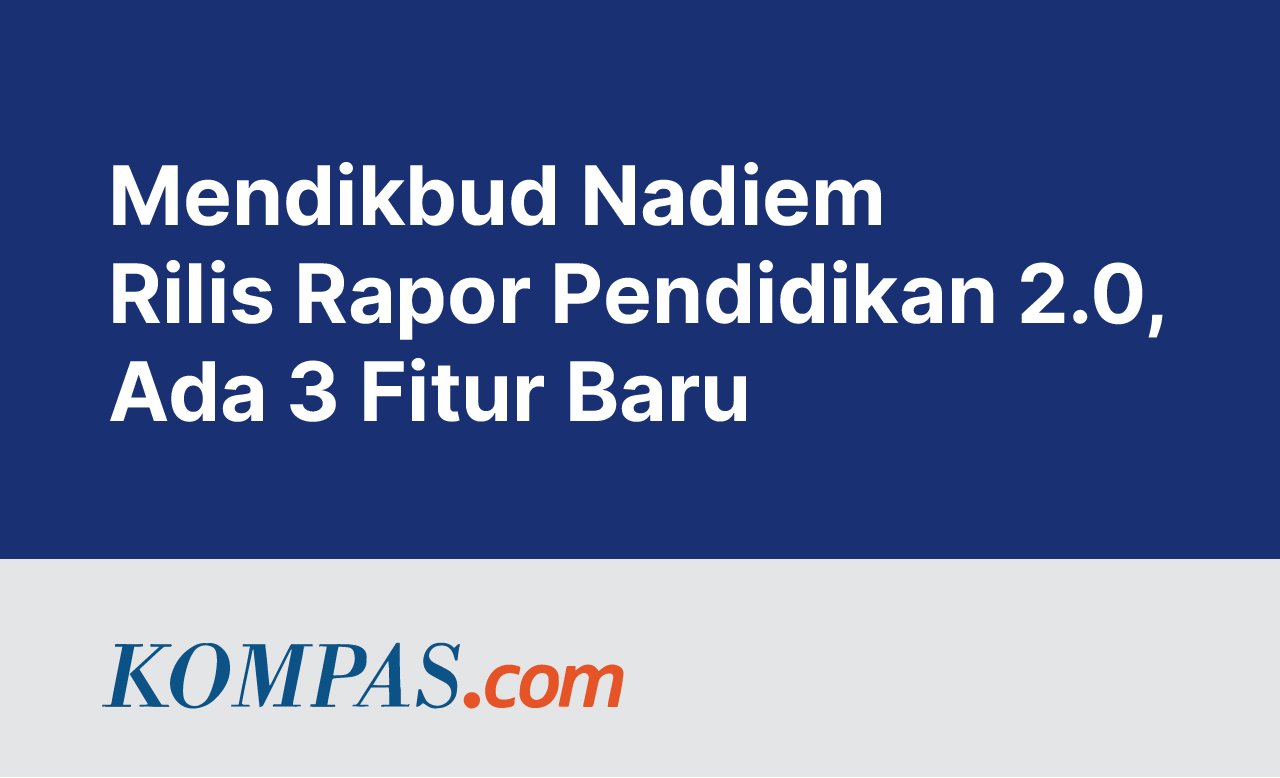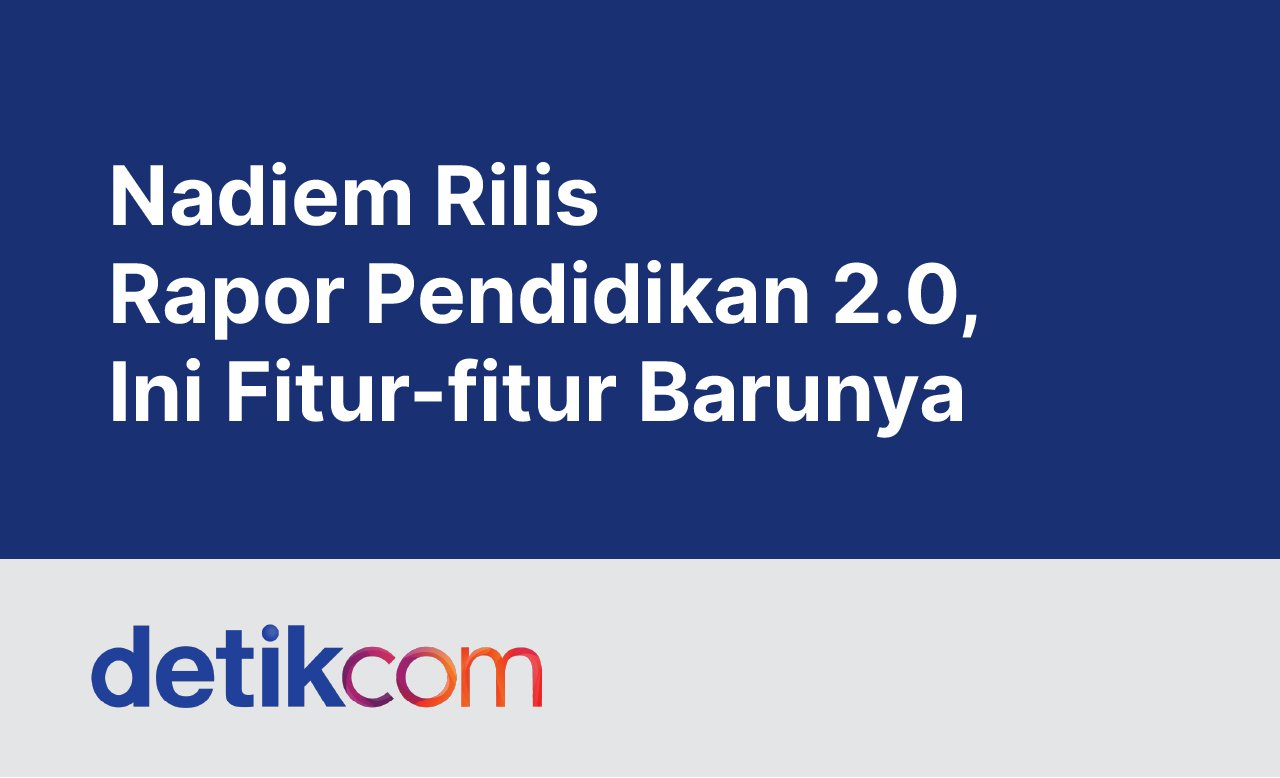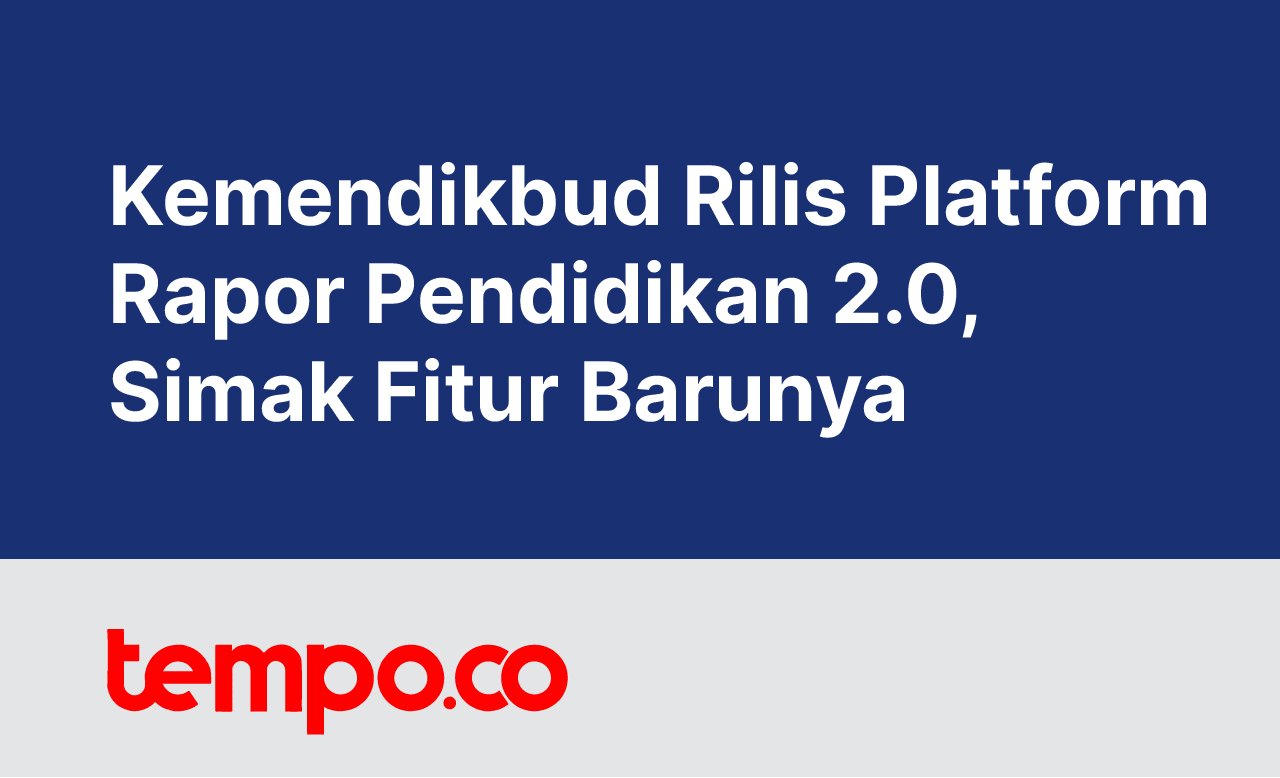Rapor Pendidikan for Schools: Development for School Improvement According to Needs
Every school needs to understand its actual conditions before making planning priorities and improvements for the future. While various procurements and annual educational institution activity plans have been implemented, the question remains:, Have all these activities been aligned with the specific needs of each school and not based on mere assumptions?
Rapor Pendidikan for school has been officially launched as an effort to achieve transparency and continuously improve the quality of education in Indonesia. Various feature developments have been designed to assist educational institutions in identifying, reflecting upon, and addressing their specific needs. This means that any improvements can be made not based on assumptions but on priorities and the actual root causes, allowing for more effective utilization of resources.
Features development of Rapor Pendidikan for schools
1. Identifying Priority Indicator Achievements on the Summary Page (Halaman Ringkasan)
Before delving further into identifying priority indicator achievements, there is now a brief description on the Summary Page that outlines the general condition of the school. This includes a concise description of the highest and lowest achievement results, along with recommended steps that can be taken to improve them.
On this page, 6 priority indicators will be displayed for elementary to middle school levels and 8 priority indicators for vocational schools (SMK). These indicators can be used to identify and prioritize the issues that need improvement.
2. Root Problems Page (Halaman Akar Masalah): Indicators Considered Most Influential on Priority Indicators
The Root Problems page can analyze data that maps the causal factors behind the school's achievement results. This enables policymakers to more easily determine appropriate improvement steps in line with the root problems. There are four root problem cards associated with level 1 and level 2 indicators.
3. Improvement Inspirations (Inspirasi Benahi): Recommendations to Enhance the Quality of Learning Based on the Lowest Root Problems
Next, there are various inspirations at the bottom of the same page, called Improvement Inspirations (Inspirasi Benahi). Schools can directly learn from the recommended improvements provided in this page. Furthermore, the recommended steps have been integrated into the Merdeka Mengajar Platform.
4. See The Rapor Pendidikan Data for Single-Roof School (Satuan Pendidikan Satu Atap) with One Email
Single-roof schools are educational units that have a single NPSN (Educational Unit Identity Number) but offer multiple educational levels. The school principal and teachers in single-roof schools can easily access the Rapor Pendidikan platform from various managed educational units without needing to change their email address.
Additionally, every single-roof school can download their scores and data-based planning recommendations, access the Glossary to understand unfamiliar terms, and reach out to the Help Center in case of any issues during the process.
Here are various news articles related to the release of Rapor Pendidikan for schools:
For further information, please watch the launch event on the official Kemdikbudristek RI YouTube channel and visit the website at raporpendidikan.kemdikbud.go.id.












